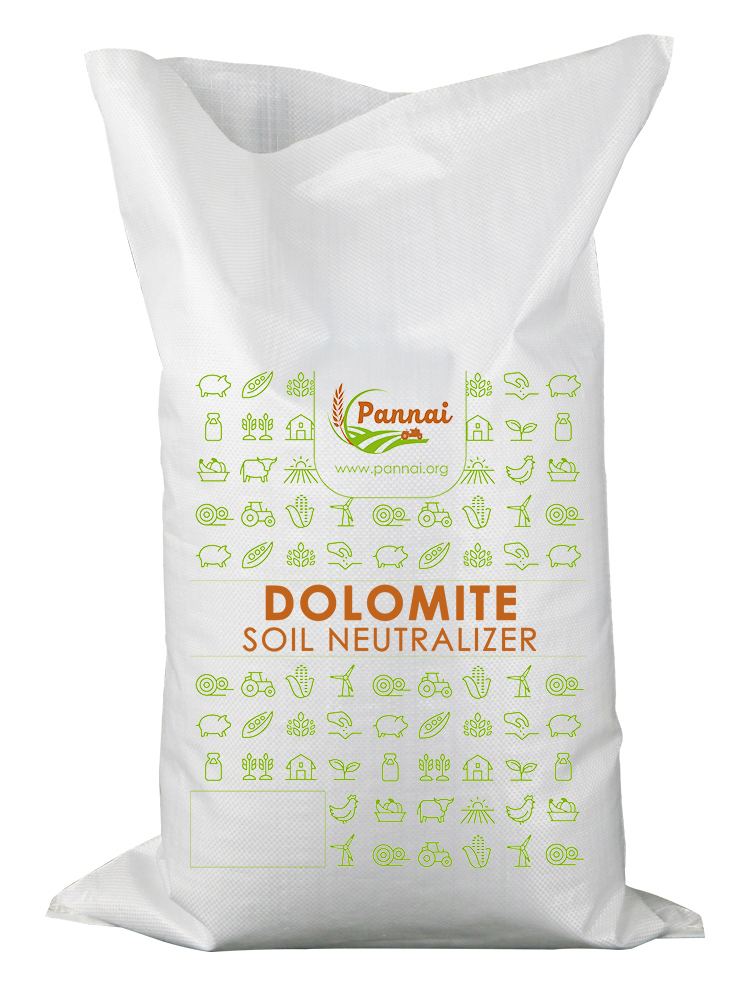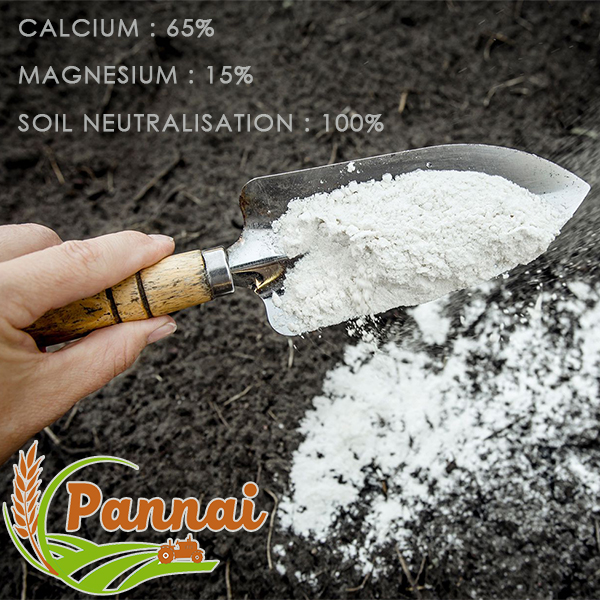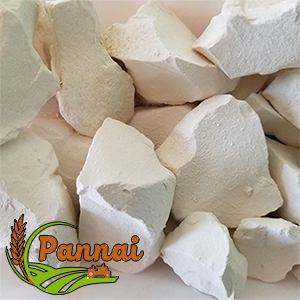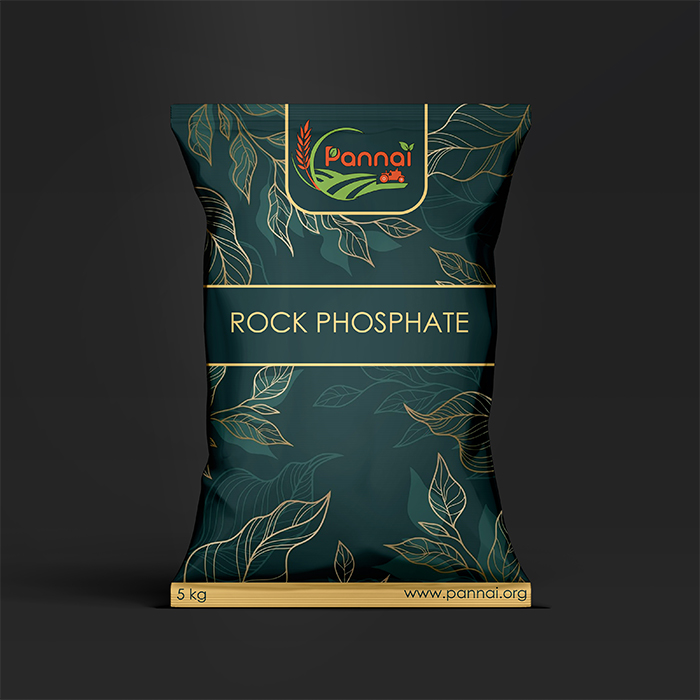



Dolomite Soil Neutralizer 5KG
-
Rs418.95
-
Rs313.95
-
Rs313.95
-
Rs313.95
-
Rs313.95
Reviews & Ratings
- Dolomite powder serves as a versatile soil amendment in the agricultural industry, renowned for its dual role as a neutralizer and conditioner.
- Comprised mainly of calcium magnesium carbonate, it effectively balances soil pH levels, counteracting acidity and alkalinity to create optimal growing conditions for crops.
- Additionally, its finely powdered form enhances soil structure, promoting better water retention and drainage while facilitating nutrient absorption by plant roots.
- As a natural and cost-effective solution, dolomite powder stands as a cornerstone in modern agricultural practices, fostering healthier soils and maximizing crop yields.
Using dolomite powder in agriculture involves a systematic approach to ensure its efficacy in soil improvement. Here's a detailed guide on how to utilize dolomite powder effectively:
Soil Testing: Before applying dolomite powder, it's essential to conduct soil tests to determine its pH level and nutrient content. Soil pH should ideally be between 6.0 and 7.0 for most crops to thrive. If the soil is too acidic (pH below 6.0), dolomite can be particularly beneficial.
Application Timing: Dolomite powder can be applied to soil at any time of the year, but it's often most effective when incorporated into the soil before planting. This allows sufficient time for the dolomite to react and adjust the pH level before the growing season begins. However, if there's an urgent need to address soil acidity during the growing season, dolomite can still be applied as a topdressing.
Application Rate: The application rate of dolomite powder depends on the current pH level of the soil and the desired pH level. A soil test will provide specific recommendations for the amount of dolomite needed per acre or hectare. As a general guideline, a rate of 2-3 pounds of dolomite per 100 square feet (or 1-1.5 kg per 10 square meters) is commonly recommended for acidic soils.
Incorporation into Soil: Dolomite powder should be evenly spread over the soil surface and then incorporated into the soil to a depth of 6-8 inches (15-20 cm) using a tiller, plow, or similar equipment. This ensures proper mixing of the dolomite with the soil, allowing for uniform distribution of the neutralizing agents.
Depth of Application: It's crucial to incorporate dolomite powder into the root zone of the plants to ensure maximum effectiveness. Shallow incorporation may result in uneven distribution and limited contact with plant roots. Aim to mix dolomite evenly throughout the root zone to optimize its benefits.
Avoid Overapplication: While dolomite is beneficial for correcting soil acidity, excessive application can lead to an imbalance of soil nutrients, particularly magnesium. Follow soil test recommendations closely to avoid overapplication, which could potentially cause nutrient imbalances and other issues.
Monitoring and Maintenance: After applying dolomite powder, regularly monitor soil pH levels to assess its effectiveness. Periodic soil testing, typically done annually or biennially, helps determine if additional applications are necessary to maintain optimal pH levels for crop growth.
By following these guidelines, farmers can effectively utilize dolomite powder to neutralize soil acidity and improve soil health, ultimately enhancing crop yields and promoting sustainable agriculture practices.
Related products
Shell Lime Powder 5KG
Kaolin Clay Powder 5KG
Rock Phosphate Powder 5KG
Talc 5KG
-
Rs418.95
-
Rs313.95
-
Rs313.95
-
Rs313.95
-
Rs313.95







 Sign in with Google
Sign in with Google

